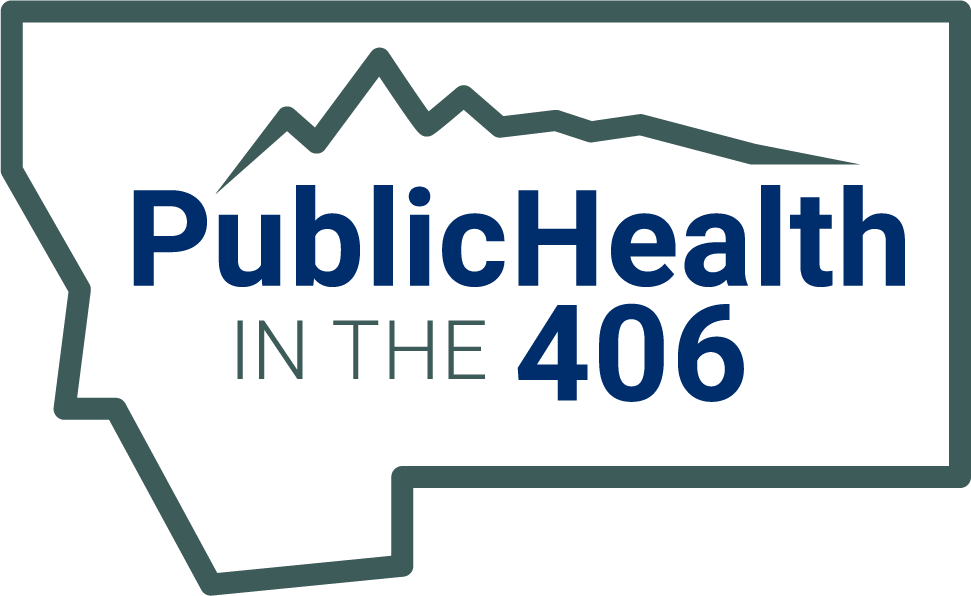Managing Arthritis
Once you have arthritis, it is not going to go away but there are activities and lifestyle modification you can do to manage your arthritis and stay healthy. Being a self-manager in your own health can make a difference in your quality of life.
The CDC Arthritis Program recommends five self-management activities for managing arthritis and its symptoms.
- Learn the skills you need and gain confidence to manage your condition.
- Attend a self-management education workshop to learn how to manage arthritis symptoms.
- These workshops can help you learn to manage pain, exercise safely, and gain control of your arthritis.
Motion is Medicine
- Regular physical activity can help relieve arthritis pain as effectively as over the counter medications.
- Physical active can improve joint range of motion. It can decrease pain and fatigue.
- It also reduces the risk of developing of chronic health conditions, like heart disease or diabetes.
- It also reduces the risk of developing of chronic health conditions, like heart disease or diabetes.
- Low-impact, joint-friendly physical activity is recommended for people with arthritis, such as walking, biking, or swimming. There are approved arthritis exercise classes available in Montana:
- Walk with Ease
- Online
- In Person
- Walk with Ease
- Be sure to communicate with your health care team about joint pain and other symptoms you are experiencing to ensure an accurate diagnosis and get you on the correct treatment plan to minimize arthritis symptoms and reduce further joint damage.
- Be an active self-manager in your arthritis treatment by attending appointments with your health care provider and following the recommend treatments.
- If the recommend treatment is not working for you be sure to tell that to your health care provider so you can find something that works for you.
- Keeping a healthy weight can help slow arthritis symptoms from getting worse so you can keep doing the activities you enjoy.
- People who are overweight or obese are more likely to have arthritis in their weight bearing joints, such as hips, knees, and ankles.
- For every one pound of weight lost, equates to four pounds of pressure off the weight bearing joints.
Joint injuries can cause or worsen arthritis
- Low-impact physical activities such as walking, bicycling, and swimming to avoid stress on the joints.
- Receive training and use proper equipment at work and for sports to reduce joint injuries that could lead to osteoarthritis in the future.
- Avoid, if possible, repetitive motion, such as repeated knee bending, to reduce wear and tear on the joints.
Arthritis Risk Factors
There is no sure way to prevent arthritis. However, there are lifestyle modifications to help reduce getting certain types of arthritis, such as osteoarthritis (OA), or lessen the severity of the joint damage.
Controllable Risk Factors
Make modifiable lifestyle changes to decrease getting some types of arthritis or making the arthritis pain worse.
- People who are overweight or obese are more likely to have arthritis in their weight bearing joints, such as hips, knees, and ankles.
- For every one pound of weight lost, four pounds of pressure off the joints.
- What can you do:
- Maintain a healthy weight
- Healthy eating and physical activity can help with weight loss
- Join an arthritis approved management class
- All Montana supported arthritis approved management classes have physical activity element
- Repetitive knee bending and squatting are associated with osteoarthritis in the knees.
- Previous joint injuries or overuse of joints can cause wear and tear, which causes stress on the joints and become damaged over time.
- What can you do:
- Do joint safe exercises to protect your joints.
- Join an arthritis approved management class in your community.
- Receive training and use proper equipment at work and sports to reduce joint injuries that could lead to osteoarthritis in the future.
- Do joint safe exercises to protect your joints.
- Occupation that requires repetitive knee bending and squatting are associated with osteoarthritis in the knees.
- What can you do:
- Receive training and use proper equipment at work to reduce joint injuries that could lead to osteoarthritis in the future.
- Learn about economics and musculoskeletal disorders from the CDC National Institute for Occupational Safety and Health.
- Cigarette smoking can make arthritis worse.
- Get support through the the Montana QuitNow or call 1-800-QUIT-NOW (1-800-784-8669).
Non-Controllable Risk Factors
Non-modifiable risk factors are risk factors that out of any one’s control from developing arthritis.
- Arthritis is not a normal part of aging.
- However, the risk of developing arthritis increases with age.
- People of all ages can have arthritis, including kids.
- Women are more likely to have most types of arthritis.
- Men are more likely to have gout.
- Some types of arthritis, such as rheumatoid arthritis, systematic lupus erythematous (SLE), and ankylosing spondylitis are genetic.
Tools & Resources to Help Manage Arthritis
- Attend an arthritis management class, such as Stay Active & Independent for Life (SAIL), Tai Chi for Arthritis & Falls Prevention, and Walk with Ease.
- Arthritis Foundation Tools and Resources
- Live Yes! Arthritis Network
- Better Living Toolkit
- Arthritis Foundation Helpline
- 1-844-571-HELP, (1-844-571-4357)



